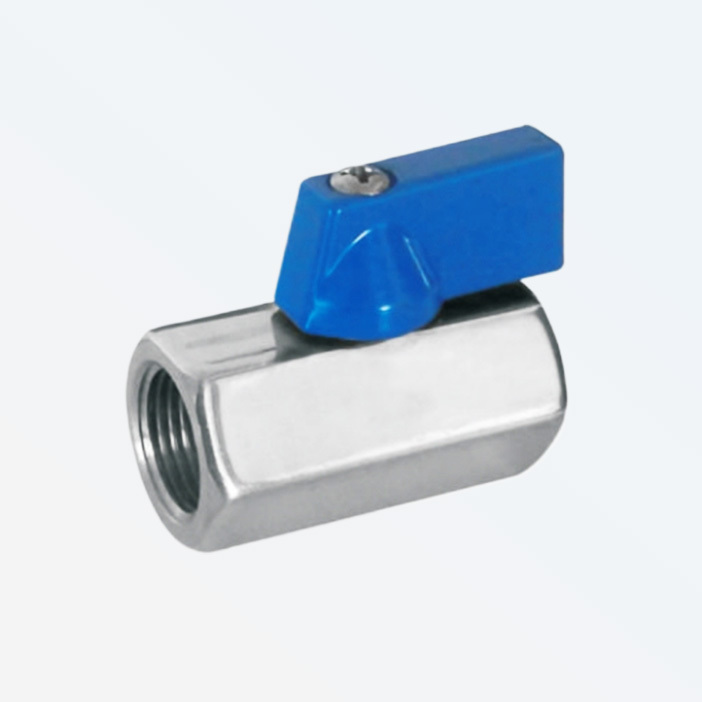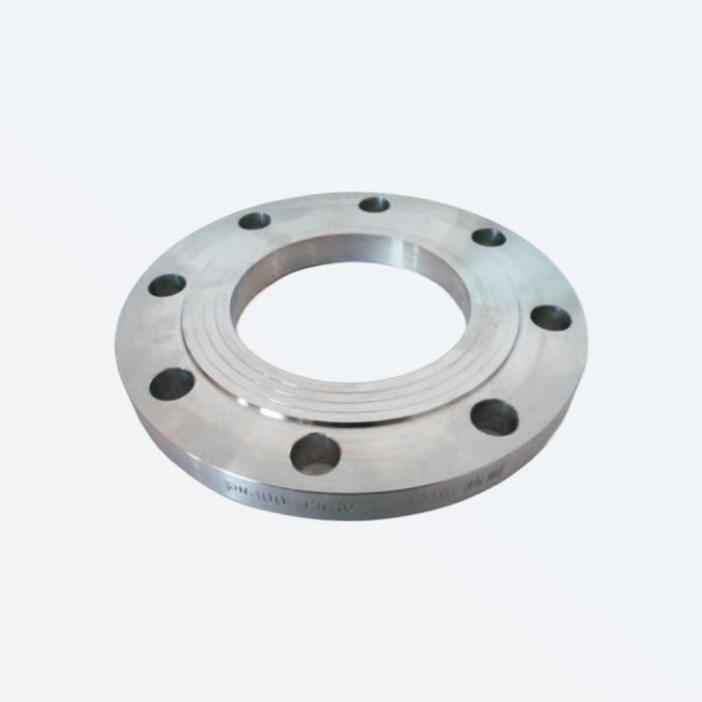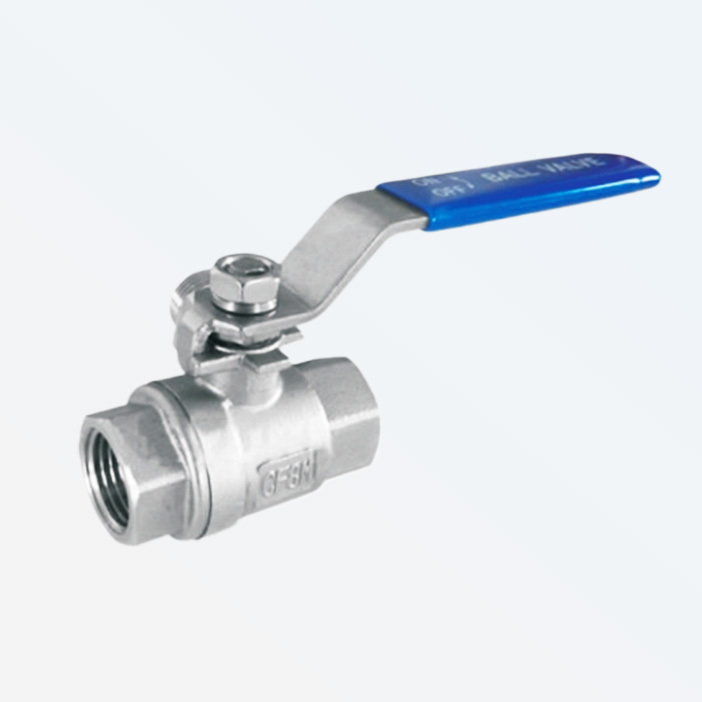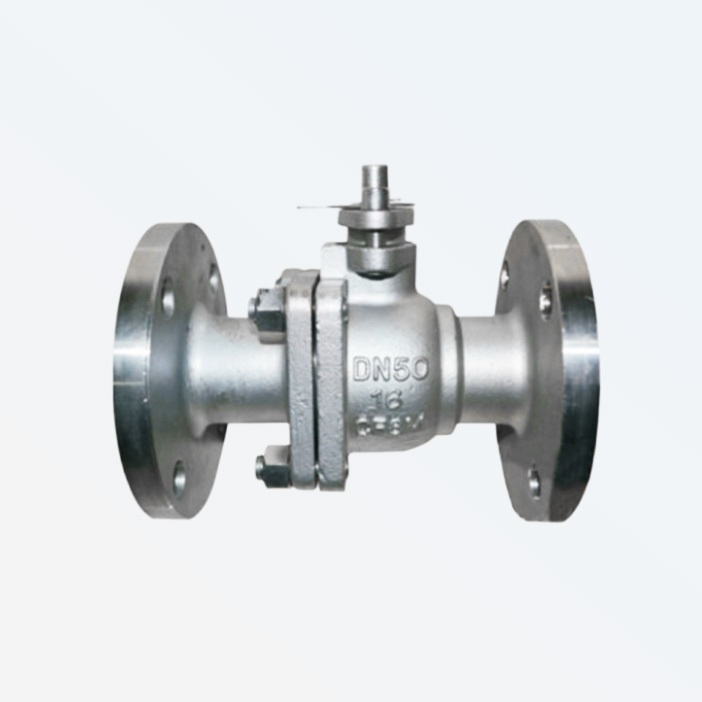Contact Information
Hotline:+86-18632769018
Email:1162133748@qq.com
Address: Dahbaitou Village, Fenghuazhen Town, Cangxian County, Cangzhou City, Hebei Province

65-2.5 Valve Plate
Keywords:
Product Category:
- Product Description
-
Material Advantages
Corrosion Resistance: The passivation film formed on the surface of stainless steel can resist corrosion from acids, alkalis, salts, and humid environments, extending the service life of the valve.
High/Low Temperature Resistance: Some grades (such as 310S, 347) can operate stably in the range of -200℃~1200℃, adapting to extreme temperature conditions.
Strength and Toughness: It combines metal strength and processing plasticity, and can withstand high-pressure fluid impact.
Hygienic Properties: The surface is smooth and does not easily breed bacteria, meeting food-grade (such as 304L, 316L) and medical-grade standards.
Structure
Flat Plate Type: Commonly used in gate valves, opening and closing is achieved by sliding perpendicular to the fluid direction, and the sealing surface is mostly planar or wedge-shaped.
Disc Type: Commonly used in butterfly valves, the flow is controlled by rotating (0°~90°) around the central axis, and the valve plate edge has a sealing ring (such as rubber, metal).
Swing Type: Commonly used in check valves, the valve plate swings around a fixed axis, automatically opening using fluid pressure to prevent backflow.
Key Design Parameters
Sealing Surface Type: Plane (FF), Convex (RF), Ring Joint (RJ), etc., affecting sealing performance and leakage rate.
Flow Passage Diameter: Matches the valve nominal diameter (DN), determining the fluid flow capacity.
Actuation Method: Manual, electric, pneumatic, hydraulic, etc., the valve plate structure needs to be adapted to different drive devices (such as valve stem, gearbox).
Application Scenarios
Chemical Industry: Transporting corrosive media (such as sulfuric acid, hydrochloric acid), using 316L or duplex stainless steel valve plates to prevent corrosion and leakage.
Food and Pharmaceutical: Using 316L stainless steel valve plates to meet GMP standards, used for sterile fluid control (such as pharmaceutical equipment, beverage production lines).
Oil and Natural Gas: Using martensitic stainless steel (such as 420) or special stainless steel valve plates in high-pressure and high-temperature environments to withstand oil and gas scouring and sulfide corrosion.
Water Treatment and Environmental Protection: 304 stainless steel valve plates are used in tap water pipelines and sewage treatment equipment, resisting chloride ion corrosion.
Energy and Power: High-temperature resistant stainless steel (such as 321H) is used in power plant boiler valves to withstand high-temperature steam impact.
Product Inquiry
Fill in your phone number and email information, and we will contact you within one working day and solve your problem as soon as possible.










